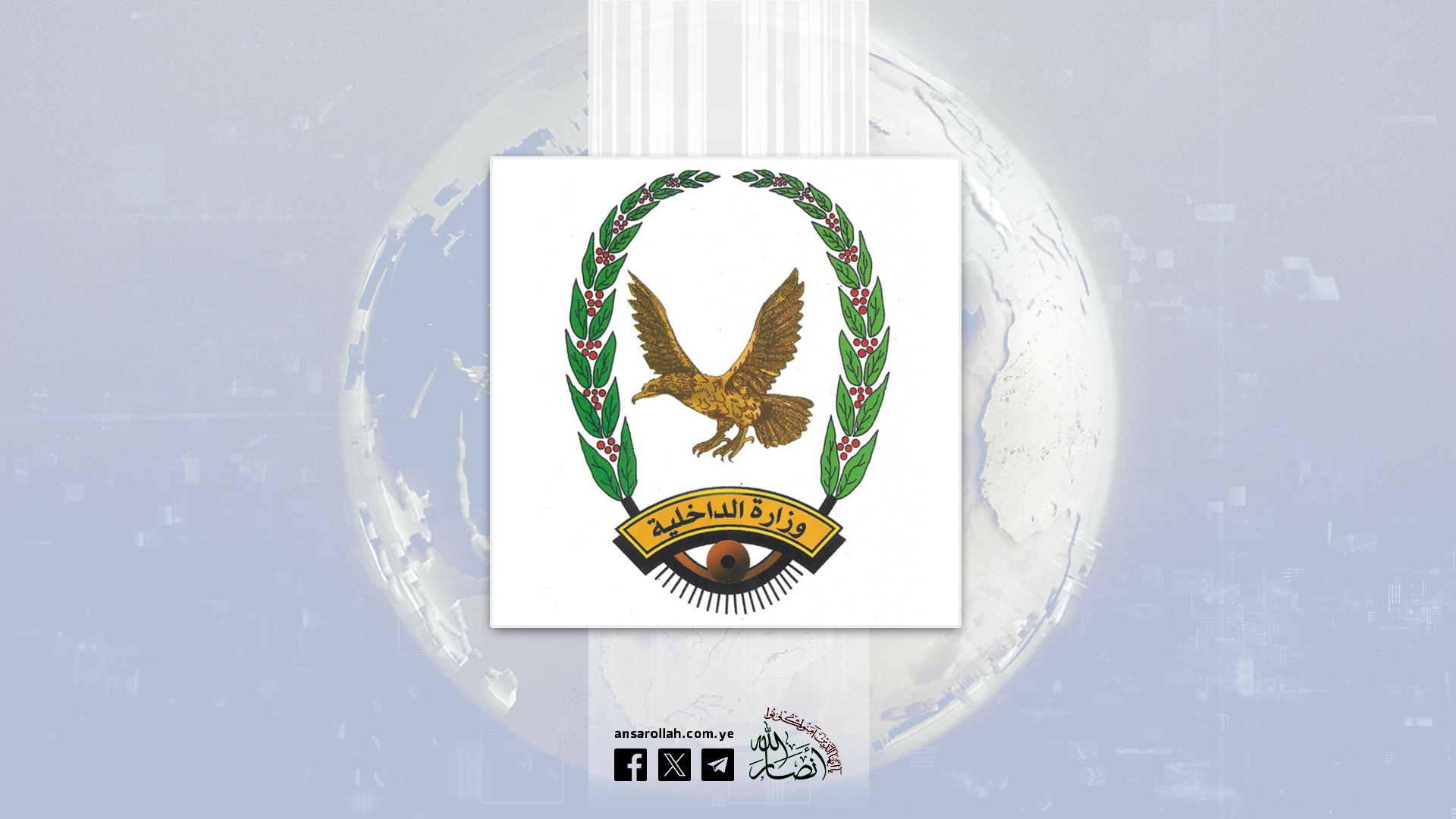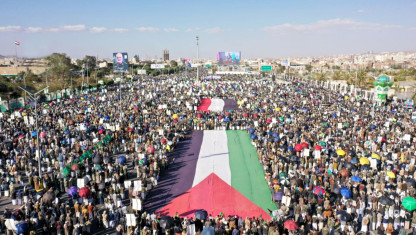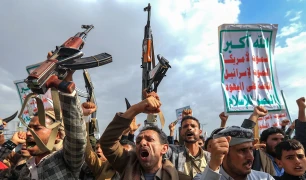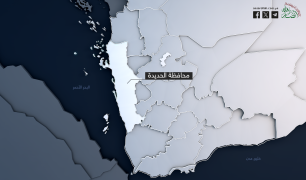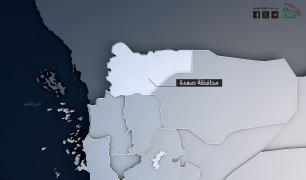عاجل:
مصادر فلسطينية: جرحى بقصف مدفعي للعدو الإسرائيلي على محيط مدينة أصداء غرب خان يونس جنوب قطاع غزة
مصادر فلسطينية: 8 شهداء بينهم أطفال في قصف العدو الإسرائيلي تجمعا لمواطنين في المخيم الجديد بالنصيرات وسط القطاع
مصادر فلسطينية: طيران العدو يقصف عمارة سكنية في منطقة الزرقا بحي التفاح شمال شرق مدينة غزة
مصادر فلسطينية: 7 شهداء بينهم أطفال نتيجة قصف العدو الإسرائيلي على المخيم الجديد بالنصيرات وسط قطاع غزة
مصادر فلسطينية: 3 شهداء بقصف مسيّرة صهيونية مجموعة من المواطنين في شارع النفق بمدينة غزة
سرايا القدس: قصفنا مدينة "سديروت" بالصواريخ
رئيس هيئة الأركان الإيرانية: لن نترك أي اعتداء دون رد وسيتلقى الصهاينة صفعة محكمة وردا تصاعديا إذا اعتدوا على بلادنا
رئيس هيئة الأركان الإيرانية للمسيرة: أظهرنا فقط جزءا من قدرة إيران العسكرية خلال 12 يوما وأرغمنا العدو على إيقاف عدوانه
رئيس هيئة الأركان الإيرانية للمسيرة: أظهرنا فقط جزءا من قدرة إيران العسكرية خلال 12 يوما وأرغمنا العدو على إيقاف عدوانه
رئيس هيئة الأركان الإيرانية للمسيرة: سنرد على الكيان إذا ارتكب مجددا أي حماقة ولسنا قلقين بتاتا في هذا الشأن





